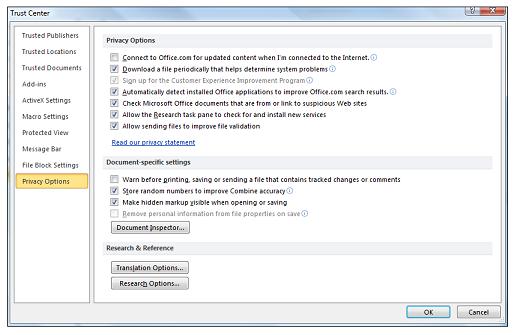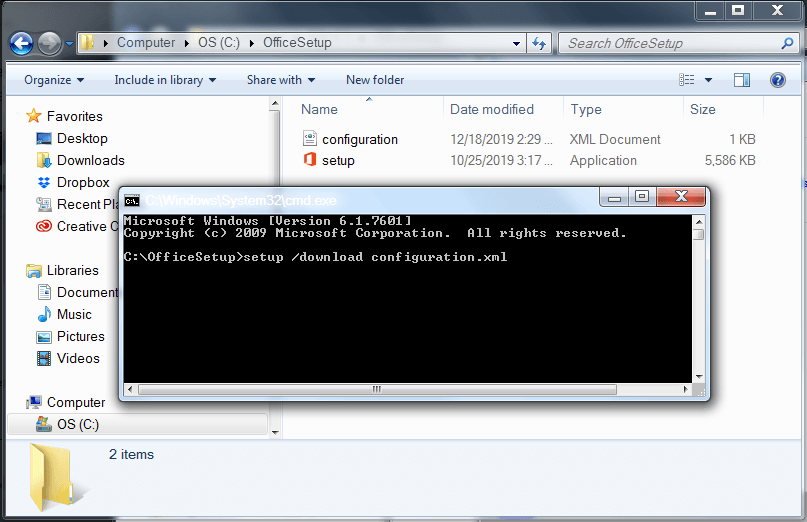
Microsoft Office Unable To Locate Internet Server For Hyperlink On Mac Windows 10



In Microsoft Office Word 2007, follow these steps: Click the Microsoft Office Button, and then click Word Options. Click Proofing, and then click AutoCorrect Options. On the AutoFormat as you type tab and on the AutoFormat tab, click to clear the Internet and network paths with hyperlinks check box, and then click OK. First, Office tries to communicate with the Web server. Then Office tries to directly bind to the resource by using the Microsoft Hyperlink Library (Hlink.dll) and the URLMON API. When Office sends the Web page request, you may be redirected to the Web site logon page for the SSO system. Microsoft moved it for Office 2011 for Mac for some computers different than others. I spent 3 hours on the phone to apple and 2 long calls with Microsoft, and no one can help me. Microsoft Office Unable To Locate Internet Server For Hyperlink On Download Do Not.
Microsoft Office Unable To Locate Internet Server For Hyperlink On Mac Computer

Microsoft Office Unable To Locate Internet Server For Hyperlink On Mac Pro
This article was previously published under Q218153 IMPORTANT: This article contains information about modifying the registry. Before you modify the registry, make sure to back it up and make sure that you understand how to restore the registry if a problem occurs. For information about how to back up, restore, and edit the registry, click the following article number to view the article in the Microsoft Knowledge Base: 256986 (http://support.microsoft.com/kb/256986/EN-US/) Description of the Microsoft Windows Registry SYMPTOMS When you create a hyperlink in an Office document and then click the link, you may receive the following error message Unable to open <URL>. Cannot locate the Internet server or proxy server where <URL> is the hyperlink that you inserted. NOTE: The hyperlink does work if you type it directly in the browser or in the Open box of the Run dialog box (click Start, and then click Run). CAUSE This problem occurs when the following conditions are true:
WORKAROUNDWARNING: If you use Registry Editor incorrectly, you may cause serious problems that may require you to reinstall your operating system. Microsoft cannot guarantee that you can solve problems that result from using Registry Editor incorrectly. Use Registry Editor at your own risk. To work around this issue, either add the Internet subkey, if it is not present, and set the Value data, or if it is present, set the Value data of the Internet subkey. Adding the Internet Subkey to the Registry and Setting the Value Data
Setting the Value Data
MORE INFORMATION If your operating system is Microsoft Windows 2000, you must upgrade the Hlink.dll file. This update is included with Windows 2000 Service Pack 1. A hyperlink may not go to a Microsoft Word document or a Microsoft Excel worksheet after you use this workaround. For more information, click the following article number to view the article in the Microsoft Knowledge Base: 280680 (http://support.microsoft.com/kb/280680/) Cannot follow hyperlink to Office document APPLIES TO
|
|